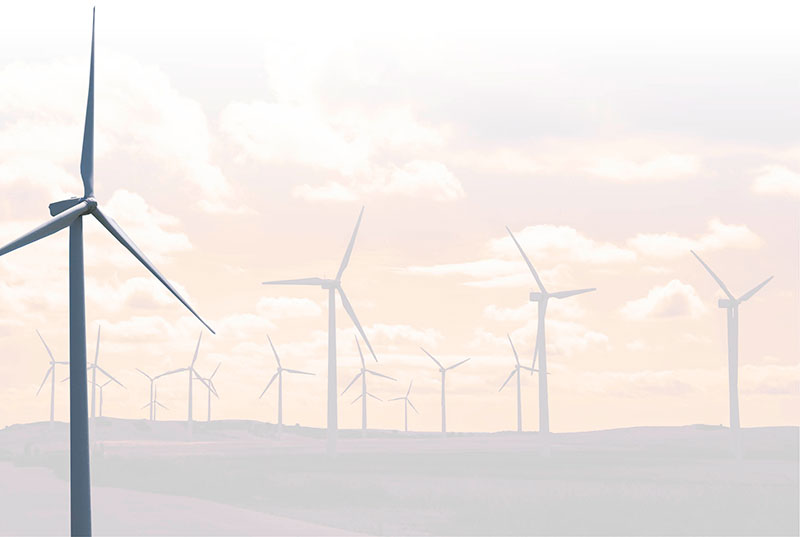Michigan farmers, business owners and taxpayers have a lot to gain by embracing wind energy. It offers a drought-resistant cash crop, requires very little land, creates family-supporting jobs in rural areas, and injects much-needed revenue sources into rural communities at a time when many are struggling—all while generating low-cost, clean energy. Everybody wins with wind power!
For generations, farmers have harnessed the power of the wind, but it wasn’t until the 1980s that the industry was able to accomplish it on a utility scale. Since then, technological advancements and the growth of domestic manufacturing have driven the cost of wind projects down considerably. The price consumers pay for wind power has dropped 66 percent over six years.
Currently, wind provides more than four percent of Michigan’s electricity needs, with 1,531 megawatts (MW) of installed capacity and another 330 MW under construction. The Department of Energy projects that Michigan could produce enough wind energy by 2030 to power the equivalent of 710,000 American homes.
Wind farms ensure farmland is protected over the long term. The average wind farm leaves 98 percent of land undisturbed, so they don’t significantly impact crops or livestock production. Many farmers have found access roads built or improved for wind projects to be convenient during harvest time. Plus, wind developers make annual land-lease payments to farming families and other rural landowners. In 2014, wind developers paid $4.6 million to Michigan landowners. This extra income goes a long way toward helping families meet their household budgets, send their kids to college, or keep the family farm. It is also reinvested in the community through spending at local businesses, restaurants and other establishments.
Wind developments increase the tax base, which helps keep more money in the pockets of citizens. From 2011–2015 the counties with the most wind farms—Gratiot, Huron and Tuscola—saw the largest increase to their tax base. This new source of tax revenue paid by wind developers brings in millions of dollars every year, and is often used to help pay for schools, county and township services, police and fire departments, and programs for seniors and veterans.
The economic impact of wind development ripples through local economies. With 26 wind manufacturing facilities, Michigan ranks fourth in the nation in wind manufacturing and enjoys about 2,000 wind energy jobs. Businesses also benefit from wind projects, as developers use local service stations, hardware stores, restaurants
and hotels in their day-to-day operations.
Harvesting the wind and investing energy dollars locally is a winning strategy. Wind developments offer the opportunity to capitalize on jobs and economic development while ensuring Michigan’s farm families and rural lifestyle stay economically viable.
Wind On The Wires is a 501(c)(3) nonprofit organization based in St. Paul, MN, that works to advance renewable energy in the Midwest. windonthewires.org



Leave A Comment